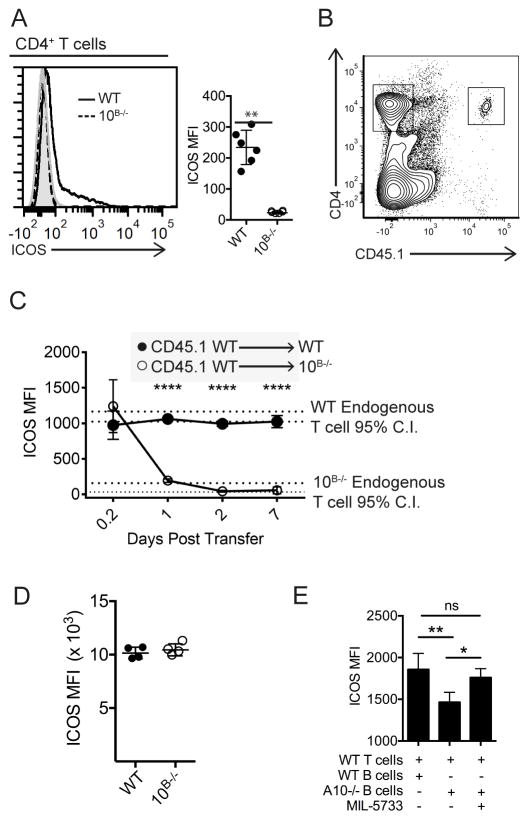Fig. 3. ICOSL levels regulate ICOS levels in vivo.
(A) Flow cytometry analysis of surface ICOS levels from splenic CD4+ T cells in WT (black line) and ADAM10B−/− (red line) mice. Isotype control staining is shaded gray. (B,C) 5e6 CD45.1+ WT T cells were adoptively transferred into CD45.2+ WT or CD45.2+ ADAM10B−/− mice and non-TFH CD4+ T cell ICOS levels were analyzed at indicated timepoints. Red dashed lines indicate the 95% C.I. of endogenous T cell ICOS levels in ADAM10B−/− mice and black dashed lines indicate the 95% C.I. of endogenous T cell ICOS levels in WT mice. (D) WT and ADAM10B−/− CD4+ T cells were isolated and stimulated in vitro with 1μg anti-CD3 for three days and ICOS surface levels were determined by flow cytometry. (E) B cells from ADAM10B−/− or WT mice were isolated and cultured with WT CD4+ T cells in the presence of an ICOSL blocking antibody (MIL-5733) or isotype control. ICOS levels on T cells were measured 24 hours later by flow cytometry. n.s., not significant (P ≥ 0.05), **P < 0.01, ****P < 0.0001 Unpaired Student’s t-test (A, D), repeated measures analysis of variance (ANOVA) with Tukey’s post-test (C), and one-way ANOVA (E). Data are pooled from two (A–E), mean ± s.d) independent experiments.

